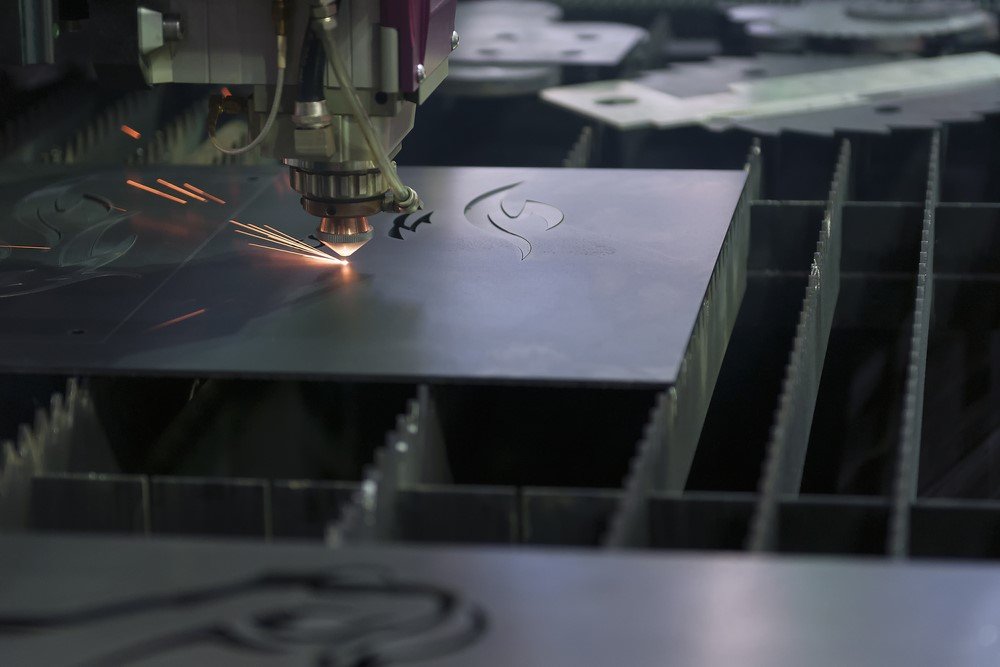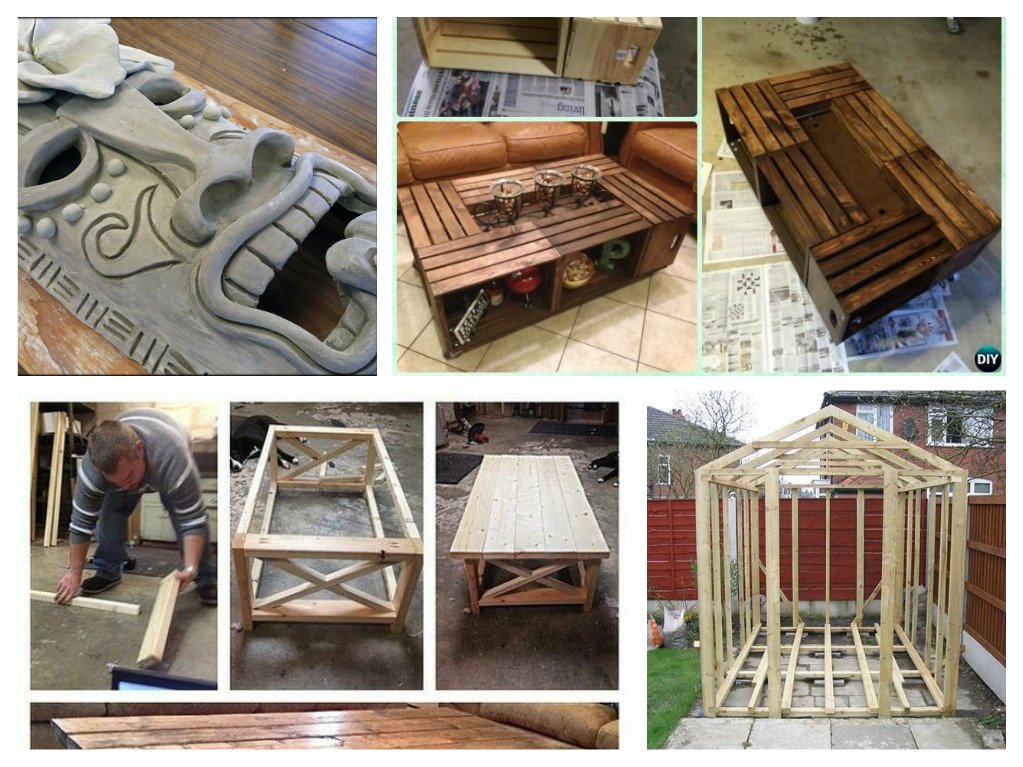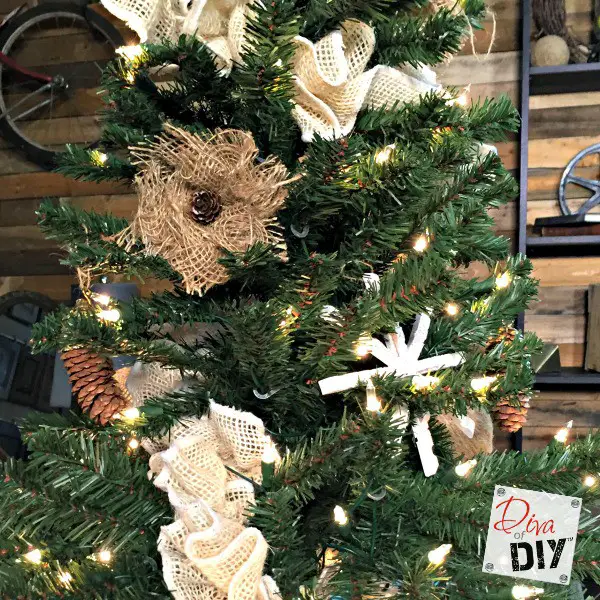A laser cutting table can be a great investment, whether you run your own manufacturing or engraving business, or you’re an amateur hobbyist looking to take things to the next level.
However, laser cutting machines are not cheap, and the decision to purchase one should not be made lightly. To help you understand what you should be looking for when purchasing a laser cutting table, we’ve put together this quick guide. Take a look now, and make the right investment!
- How Much Space Do You Have For A Laser Cutting Table?
Your laser cutting table should be placed in an area of your home, workshop, or business that is well-ventilated, and has plenty of open space around it. A laser cutting table can be hazardous to individuals and property if not used correctly, so follow all instructions for setup that are included with your laser cutting table.
Some cheaper consumer-grade cutting tables are often small enough to fit on a desk or a table, while larger business-oriented models are usually standalone, and can often be 6-10 feet in length. Make sure you pick the proper laser cutting table for your needs.
- What Materials Do You Need To Cut – And How Thick Are They?
Laser cutting tables can be used to cut almost any material, with the exception of extremely thick metals and highly-reflective metals like copper, in some cases. Most models of laser cutter can handle:
- Rubber
- Glass
- Brick
- Thin metals
- Plastics and acrylic
- Wood
- Stone
- Fabric
If you need to engrave deeply into these materials, or need to cut through thicker materials, you will need a more powerful, industrial-grade laser cutting table. However, if you plan on primarily working with thin materials, a smaller consumer-grade laser cutting table may be right for you.
- How Many Hours Will You Be Running Your Laser Cutting Table?
If you are going to be using your laser cutting table a lot – 8-10+ hours a day, for example – it’s a good idea to invest in a high-quality table that’s been designed for professional use. Consumer-grade laser cutting tables are primarily intended for hobbyists, so they may not be able to handle the constant power draw of long, complex cutting projects.
- Is It Easy To Use?
Learning how to use a laser cutter is no easy prospect, and some cutters are easier to learn than others. In general, lower-end consumer grade laser cutters are easier to use for small-scale projects, as they often include their own easy-to-use engraving and cutting software.
However, if you are already familiar with industry-standard cutting and engraving software like CoreLDraw and PhotoGrav, a more expensive model which offers native support for this software may be preferable.
- Should You Lease Or Buy A Laser Cutting Table?
If you are interested in a large, expensive laser cutting table, you may not have to buy it – you may be able to lease it, instead. This is a good idea if you are starting a business, and can’t afford to put all of your investment capital into a single device such as a laser cutting table.
Leasing allows you to get a reasonable rate on a professional-grade laser cutting table. Because you can afford a higher-quality, larger table, you may also be able to complete more projects, enhancing the profitability of your business.
However, if you don’t plan to use your laser cutting table that much, or you would prefer to own one, it may be a good idea to invest in a high-quality, pre-owned laser cutting table. This allows you to both save money, and get the tools you need for your company.
Follow These Tips – And Get A Great Laser Cutting Table!
When shopping for a laser cutting table, it’s important to get the right device for your needs. Cutting equipment is expensive, and a long-term investment, so you don’t want to end up with the wrong laser cutting table. Follow these tips, though, and you’re sure to find the right table for your particular needs!






